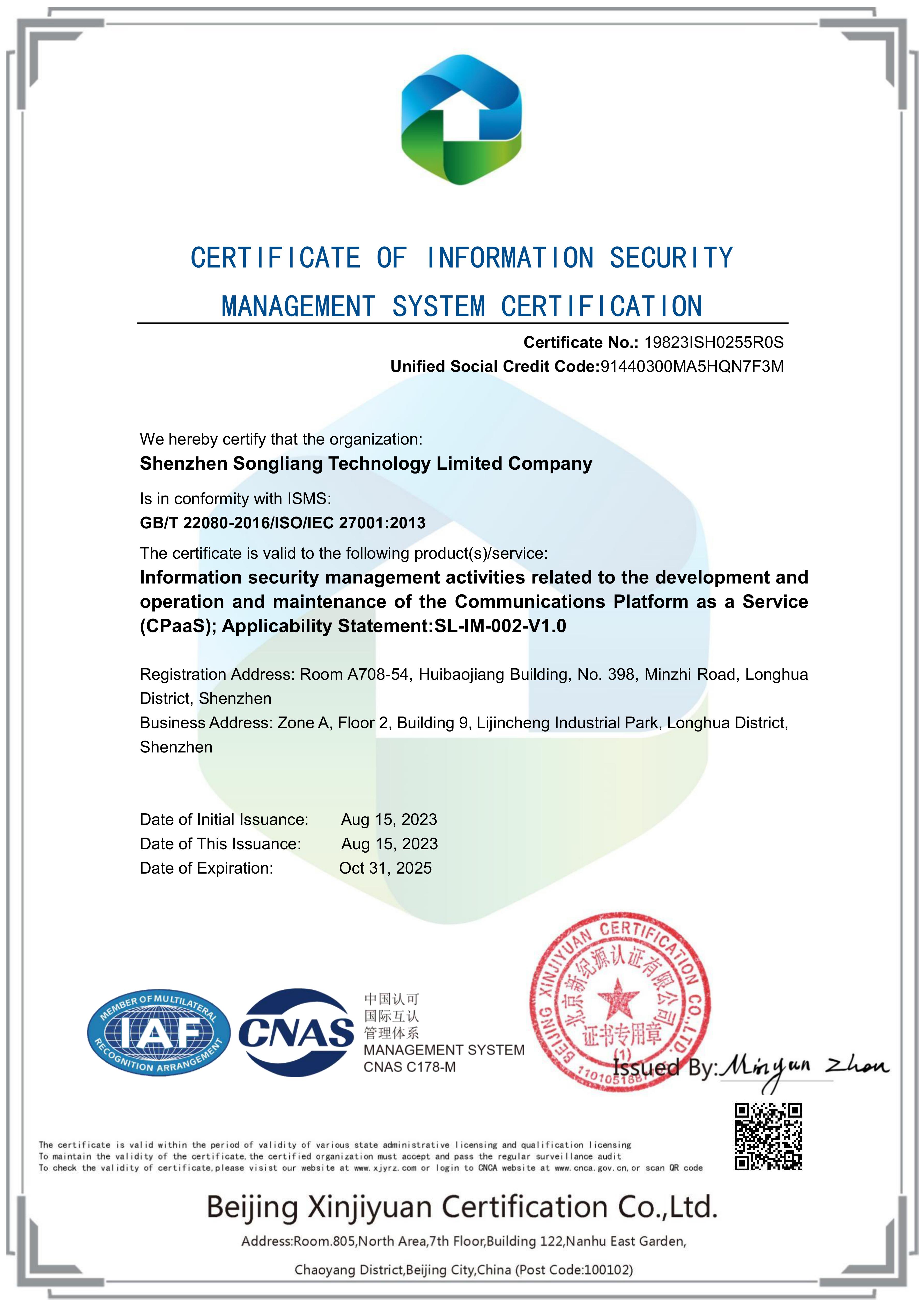
Who would have thought that after 30 years of development in the domestic market, cross-border e-commerce would reach new heights?
Amidst a global decline in trade, cross-border e-commerce experienced growth against the odds in 2023. Data released by the State Council Information Office showed that China's cross-border e-commerce exports reached 1.83 trillion yuan in 2023, a 19.6% increase. Following this, news of "Chinese tricycles gaining popularity in the United States" spread domestically, with many netizens expressing finding new business opportunities.
At one point, cross-border e-commerce was thriving, seemingly allowing anyone to excel in the industry. However, this surge also implies a certain level of "hype."
On one hand, life has become increasingly difficult for cross-border sellers. According to the Hugo Cross-border "2024 Cross-border E-commerce Industry Trend Report," a survey of 679 cross-border sellers across all platforms revealed that nearly six out of ten sellers experienced a decline in revenue in 2023 compared to the previous year. Among them, 18% of sellers reported a revenue decline of over 50%.
On the other hand, cross-border platforms continue to innovate and expand. Following the introduction of fully managed models by platforms such as SHEIN, Temu, and AliExpress, TikTok followed suit in 2023. Shortly after New Year's Day, AliExpress introduced a "semi-managed" model, and within days, Temu's semi-managed model also began official recruitment...
The battlefield of commerce is fierce, and ordinary sellers who enter rashly may not last more than a few episodes. Sòng Liàng sorted out various data on cross-border e-commerce performance in 2023, taking you through the industry's current situation, platforms, categories, and regions, analyzing the intricacies within.
01 Current State of Cross-Border E-Commerce Industry China's cross-border e-commerce industry emerged in the late 20th century. After experiencing stages of inception, growth, and development, it has entered a mature phase.
During this stage, early extensive operations were almost eliminated by the market. Cross-border sellers began to focus on refined, localized, and branded operations, such as exploring online and offline integration, distribution, live streaming for sales, and independent websites. Throughout this process, platforms, sellers, freight, policies, and other related factors also underwent new changes.
SellersThe European and American markets remain the main trading areas for cross-border e-commerce. According to the "China Cross-border Export E-commerce Industry Research Report," the United States, the United Kingdom, and Germany were the main destinations for China's cross-border e-commerce in 2022. Research data also shows that nearly half of the surveyed sellers in 2023 planned to try multiple platforms and new channels.
In addition to Amazon, sellers are also focusing on developing new sales channels such as Temu, TikTok Shop, SHEIN third-party platforms, Walmart e-commerce, and AliExpress. It is worth noting that 9% of sellers plan to build independent websites to transition to branded operations.
PlatformsWhile Amazon's dominant position remains unchallenged, the rise of domestic cross-border e-commerce platforms in recent years has put pressure on it. According to data.ai's "2024 Mobile Market Report," the "Four Little Dragons Going Global," including SHEIN, Temu, TikTok Shop, and AliExpress, dominated the list of the fastest-growing applications in terms of downloads in 2023.
In addition, new data released by Ant Group's Wanhui shows that the transaction volume of the "Four Little Dragons Going Global" increased by more than 100 times compared to the previous period, far exceeding that of traditional e-commerce platforms.
FreightWithout the interference of the epidemic, sea freight prices hit rock bottom in 2023, quickly returning to the level of 2019. However, this downward trend came to an end in 2024.
In less than a month, China's export container freight price index surged from around 900 at the bottom to over 1400, an increase of more than 50%. This means higher transportation costs for sellers, especially for large consumer goods such as major appliances and furniture.
PoliciesNational policies continue to intensify support for cross-border e-commerce. Wang Shouwen, Vice Minister of Commerce and China's chief negotiator for international trade, stated that the Ministry of Commerce will take a series of measures in 2024 to continue fostering cross-border e-commerce, including the introduction of the "Measures to Expand Cross-border E-commerce Exports and Promote the Development of Overseas Warehouses."
However, the sudden shutdown of TikTok Shop's Indonesian site in 2023 (>> click here to learn more) serves as a constant reminder to closely monitor changes in geopolitics and foreign policies to avoid devastating blows to business. Fortunately, the Indonesian site reopened just two months after the shutdown, sparing sellers who relied solely on that channel from disaster.
02 Analysis of Popular Cross-Border Platforms Amazon: The world's largest online shopping platform, with 19 sites to choose from. Whether it's the registration process, product quality, or logistics management, Amazon has strict standards and a very complete system, making it the preferred platform for cross-border sellers.
However, its platform rules are strict and frequently updated, requiring sellers to constantly learn and adjust, or risk violating regulations leading to shop closures. For example, in November 2023, Amazon announced the termination of individual business account channels, requiring accounts to be registered with a business license.
SHEIN: SHEIN is known for its low-price strategy, offering fashionable clothing, shoes, accessories, and other trendy items, making it a platform that female fast-moving consumer goods sellers cannot afford to miss. In Piper Sandler's latest fall 2023 survey in the United States, it ranked second in the "most popular shopping websites" and fourth in the "most popular clothing brands for young people."
TikTok Shop: The foreign version of Douyin, TikTok Shop ranked first in global app downloads and user usage time in 2023. Leveraging its amazing content flow advantages, TikTok focuses on video sales and live streaming sales. It has already launched sites in the United States, Singapore, Malaysia, the Philippines, Vietnam, Indonesia, the United Kingdom, Saudi Arabia, and other countries.
According to official TikTok data, TikTok has over 113 million users in the United States. During the testing phase alone, over 200,000 merchants joined TikTok Shop, with over 100,000 TikTok influencers participating in TikTok e-commerce services, making a significant impact on the cross-border e-commerce industry.
Temu: The foreign version of Pinduoduo, launched in the United States in September 2022, Temu topped the Apple App Store download rankings in the United States in 2023. Data shows that in the second quarter of 2023, Temu became the cross-border e-commerce platform with the longest daily average time spent by American users, almost twice that of Amazon. Everyone loves good-quality and inexpensive products.
Despite the temptation, sellers may need to give up more profits on individual items. According to incomplete statistics, the prices of goods on the Temu platform are only half that of Amazon, or even lower; compared to SHEIN, which also offers low prices, Temu still has a price advantage.
AliExpress: Backed by Alibaba, AliExpress has a simple registration process and is easy for beginners to get started. The platform mainly focuses on retail products, with low-cost and low-priced categories such as jewelry and electronic product accessories having a competitive advantage.
Currently, these major popular e-commerce platforms have launched fully managed models, where the platform is responsible for product selection, pricing, and listing, greatly reducing the entry threshold for cross-border sellers. Moreover, AliExpress and Temu have also introduced semi-managed models, providing more cooperation opportunities for sellers.
03 Popular Market and Product Selection Strategies Which categories are more suitable for export?
Data from the "China Cross-border Export E-commerce Industry Research Report" shows that in the B2C categories of cross-border exports in 2022, clothing and shoes, 3C electronics, and home products together accounted for over 60%, approximately 23.3%, 21.8%, and 17.4% respectively; outdoor and beauty brands are rising rapidly, showing great potential for development.
In addition to traditional export advantage countries in Europe and America, many sellers have already expanded to emerging markets such as Southeast Asia and Latin America. Among the top 10 countries with the fastest-growing e-commerce sales globally, seven are from regions such as Southeast Asia and Latin America, including the Philippines, Indonesia, Malaysia, Thailand, Mexico, Argentina, and Vietnam.
Europe and America: High consumer purchasing power, more inclined to purchase high-quality, cost-effective products, and pay more attention to brands and quality. Consumer preferences are mainly focused on clothing, shoes, watches, jewelry, cosmetics, food, and baby products.
Southeast Asia: Due to the young population structure, high acceptance of new things, and similarity in skin color, preferences, and customs with China, the e-commerce sales proportion of categories such as electronic products and accessories, as well as clothing and beauty products, is relatively high.
Latin America: The most popular categories are electronic products, home decor, food, household appliances, toys, and games. For example, based on Amazon data, the category with the highest consumption in Mexico is fashion, with approximately 40% of online shoppers purchasing fashion products.
Overall, while the domestic e-commerce market has matured and incremental growth has plateaued, cross-border e-commerce is still in a period of growth.
Especially in developing countries such as Southeast Asia and Latin America, there are still many emerging market opportunities waiting to be explored. New forms of e-commerce such as video sales, live streaming sales, and low-price group buying, pioneered domestically, are successfully being replicated and staged in Europe, America, Southeast Asia, and other countries.
This is why, even after 30 years of development, cross-border e-commerce remains relatively new. As the saying goes, "Every industry is worth re-doing with new models."
 Who would have thought that after 30 years of development in the domestic market, cross-border e-commerce would reach new heights?
Who would have thought that after 30 years of development in the domestic market, cross-border e-commerce would reach new heights?

